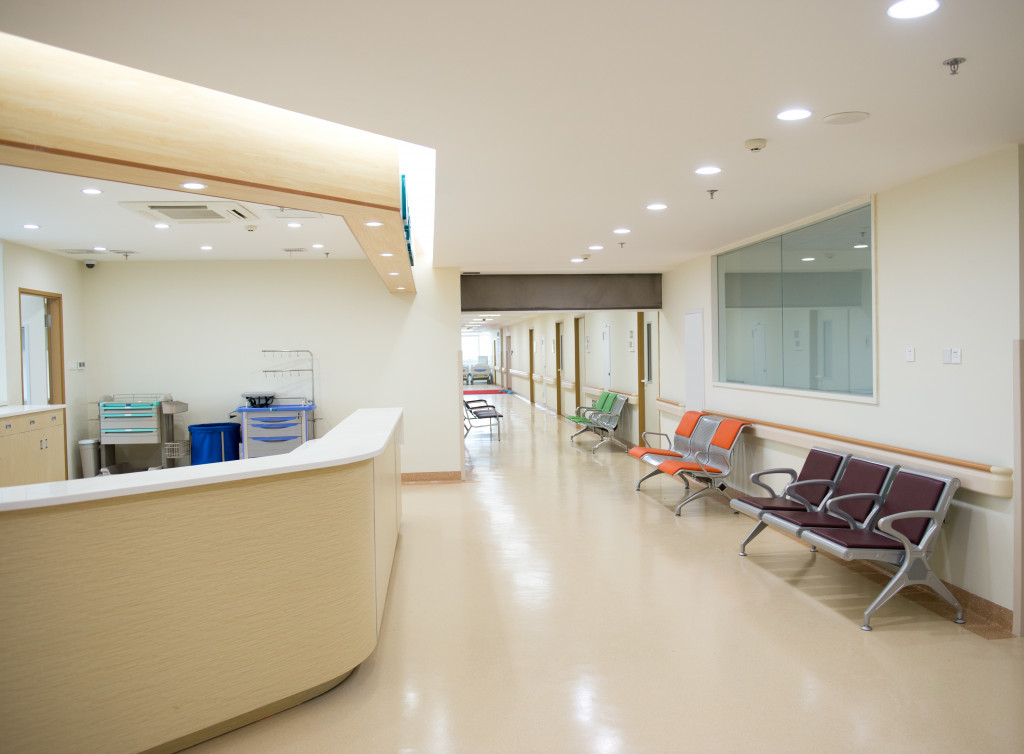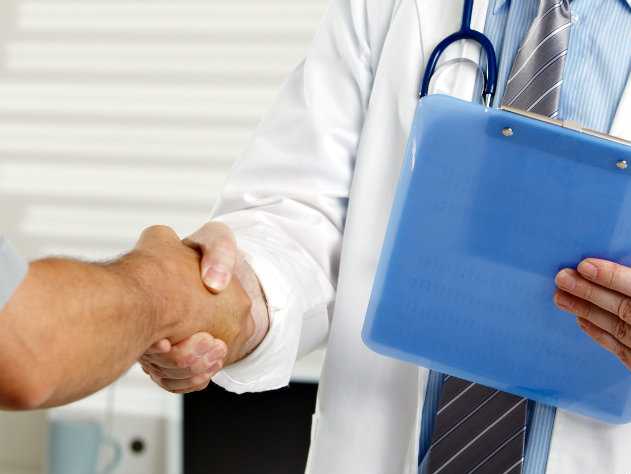- Partner with professional services specializing in healthcare safety to identify potential hazards and develop comprehensive safety plans.
- Install surveillance cameras, secure entrances and exits, and implement metal detectors for maximum security.
- Develop in-house safety training programs and a mentorship program to ensure all staff is adequately trained.
- Implement strict infection control protocols to prevent the spreading of contagious diseases and infections.
As healthcare providers, safeguarding and protecting the health of both patients and medical professionals is paramount. Establishing a secure atmosphere is essential for ensuring everyone’s safety and well-being. While it is impossible to eliminate all risks in healthcare settings, implementing appropriate safety measures can help mitigate these risks and provide a secure environment for all. This article will explore some essential tips for maintaining safety in health facilities.
Professional Services
One of the most crucial factors in ensuring safety in health facilities is partnering with professional services specializing in healthcare safety. These organizations offer expertise in identifying potential hazards and developing comprehensive safety plans tailored to your facility’s needs. Some of the critical areas where these professional services can help include:
Electrical Systems
Electrical systems are essential to healthcare facilities, powering everything from lighting to medical equipment. However, they can pose a significant safety risk if not adequately installed and maintained.
Staco Electric is a reputable provider offering comprehensive electrical safety solutions for healthcare settings. You can learn more about their services on their website at stacoelectric.com. Partnering with a professional service specializing in electrical safety can help ensure that your facility’s electrical systems are up-to-date, regularly inspected, and appropriately maintained.
Fire Safety
Healthcare facilities are particularly vulnerable to fires due to the high concentration of flammable materials and oxygen-rich environments. By partnering with a professional service specializing in fire safety, you can develop and implement comprehensive fire safety protocols, including fire suppression systems, smoke detectors, and fire evacuation plans. This will help minimize the risk of fire and ensure everyone’s safety.
Infection Control
Healthcare facilities must implement strict infection control protocols to prevent the spreading of contagious diseases and infections. A professional service can help identify potential infection risks and develop comprehensive infection control plans that address all possible sources of contamination. With this, you can ensure your facility is properly equipped to handle infection-related issues.

Staff Training
Proper staff training is another critical component of maintaining safety in health facilities. Healthcare workers must receive comprehensive training on all safety protocols, including infection control, emergency response, and hazardous material handling. Regular training sessions can help ensure all staff members are up-to-date on the latest safety procedures and react appropriately in an emergency.
In-house Safety Training
In addition to partnering with a professional service, developing in-house safety training programs can be highly beneficial. In-house staff can provide targeted instruction based on the resources and needs of your healthcare facility. Furthermore, this type of training can be tailored to specific departments and personnel, allowing you to ensure all staff members are adequately trained in the safety protocols relevant to their job.
Mentorship Program
Establishing a mentorship program can also be beneficial for maintaining safety in healthcare facilities. This program allows experienced staff members to mentor new ones, providing personalized guidance and instruction on safety protocols. This will help ensure all employees are adequately trained and foster a safety culture in your healthcare facility.
Facility Security
Healthcare facilities must have adequate security measures to prevent unauthorized access, theft, and violence. These measures will vary depending on the size and layout of your facility. You should partner with a professional service to assess your security needs and develop comprehensive protocols for protecting staff and patients. Nonetheless, here are the basic measures you can implement:

Install Surveillance Cameras
Surveillance cameras are a great way to monitor activity in and around your facility. This will allow you to detect any suspicious activity and respond quickly. Many cameras are equipped with motion sensors and facial recognition software, making them an invaluable asset for maintaining a secure environment.
Secure Entrances
You should secure all entrances and exits with locks or access control systems to prevent unauthorized access. Additionally, it would be best if you considered installing metal detectors and other security measures depending on your facility’s specific needs. This will help ensure the maximum security of your facility.
As a healthcare provider, it is essential to take proactive steps to ensure safety in health facilities. Implementing the tips outlined in this article, you can create a secure and safe environment for staff and patients. With suitable approaches, you can protect everyone from potential risks, allowing you to focus on providing high-quality healthcare services.




